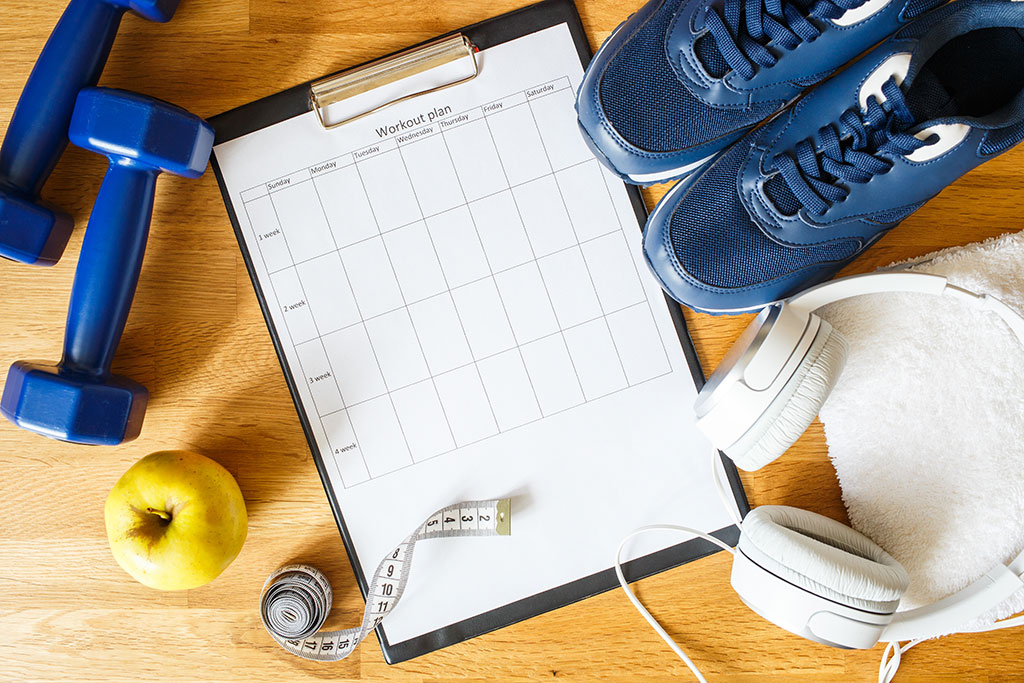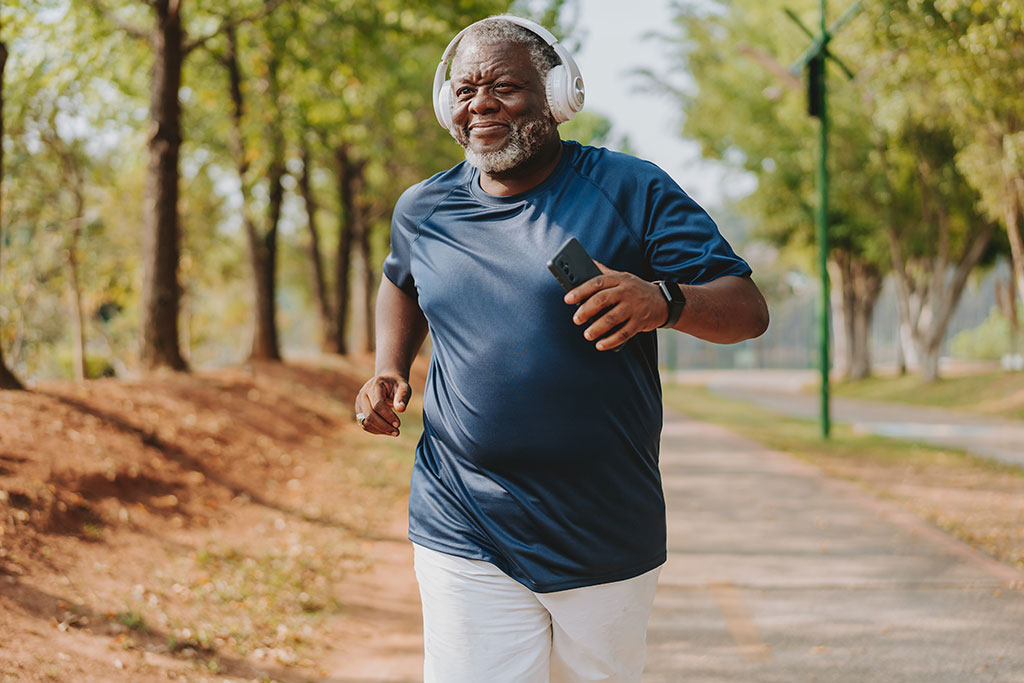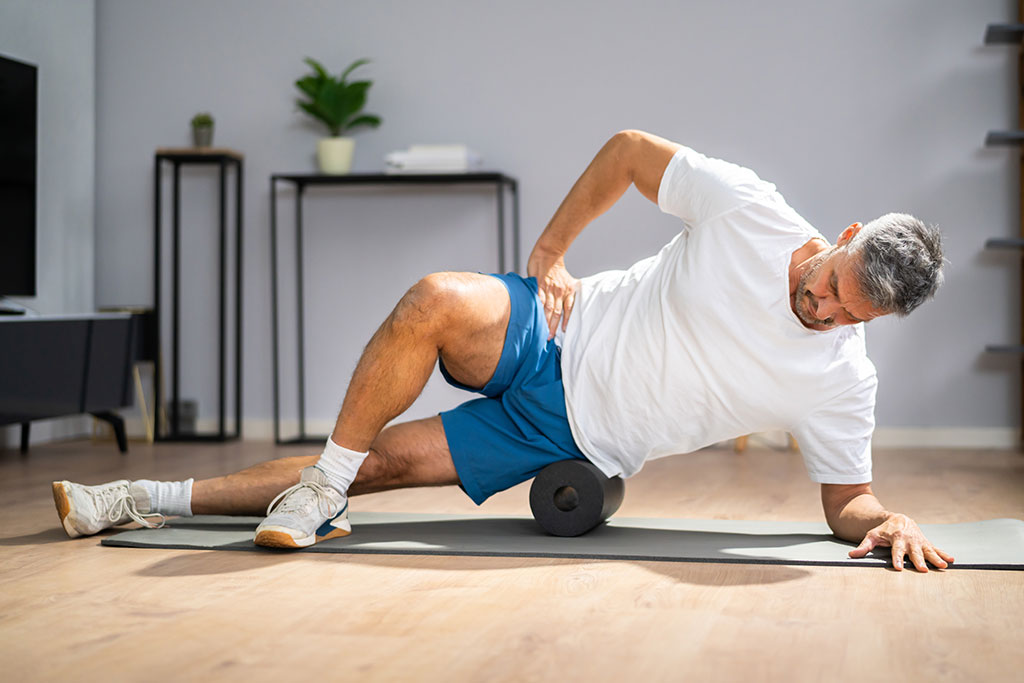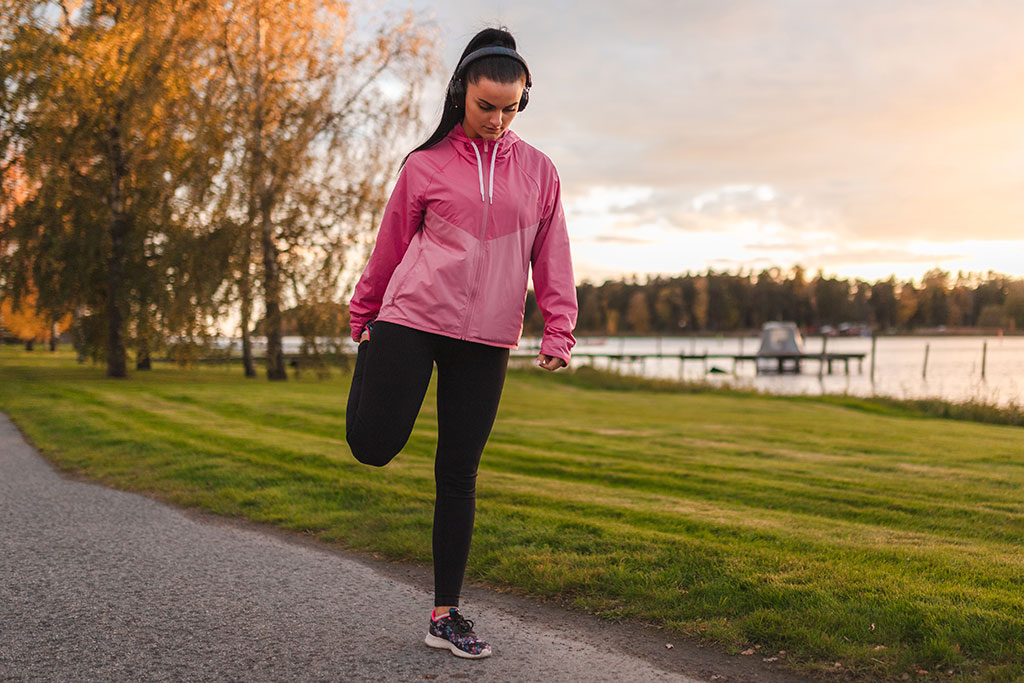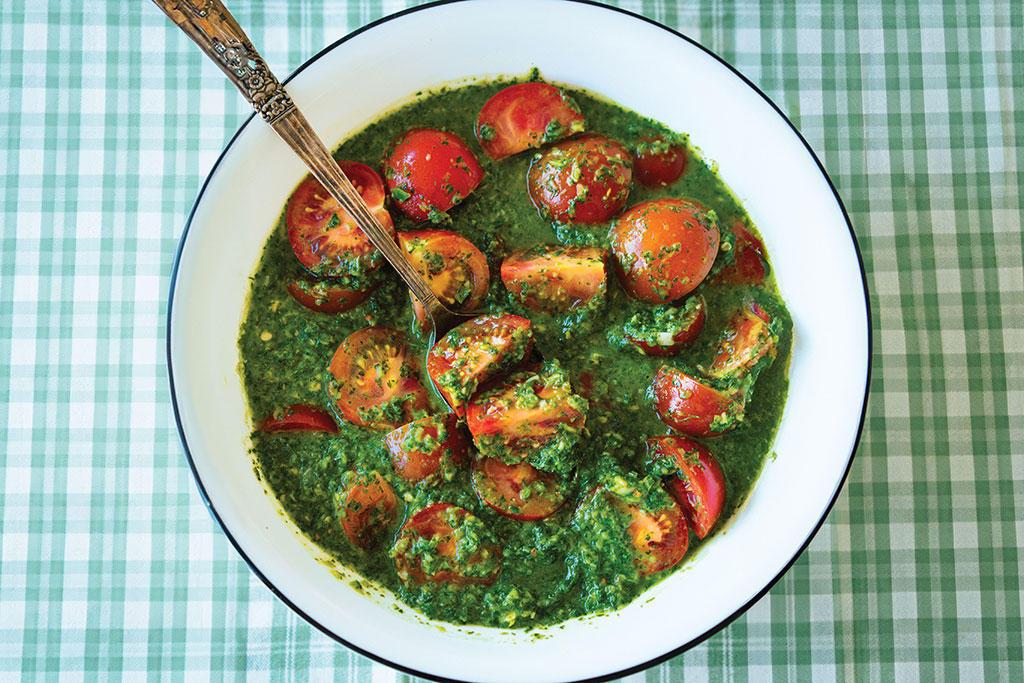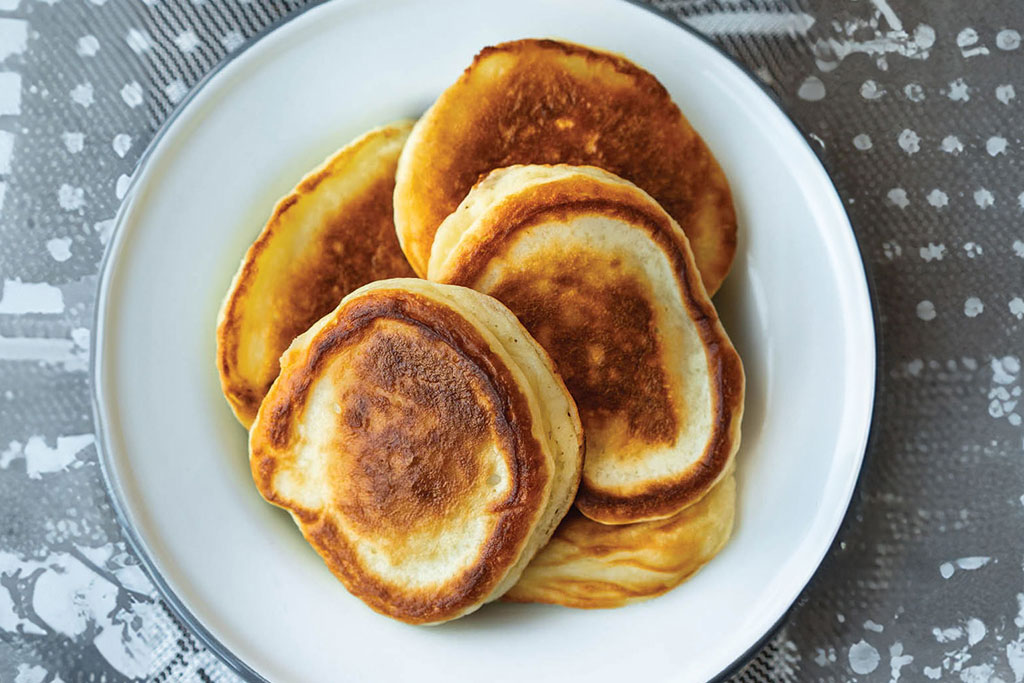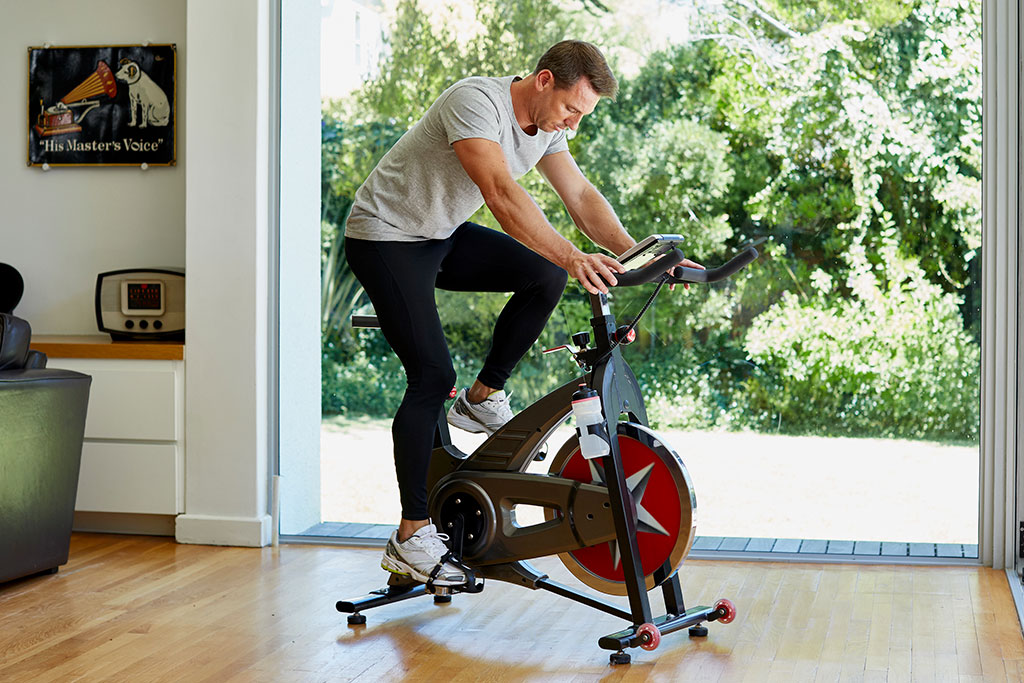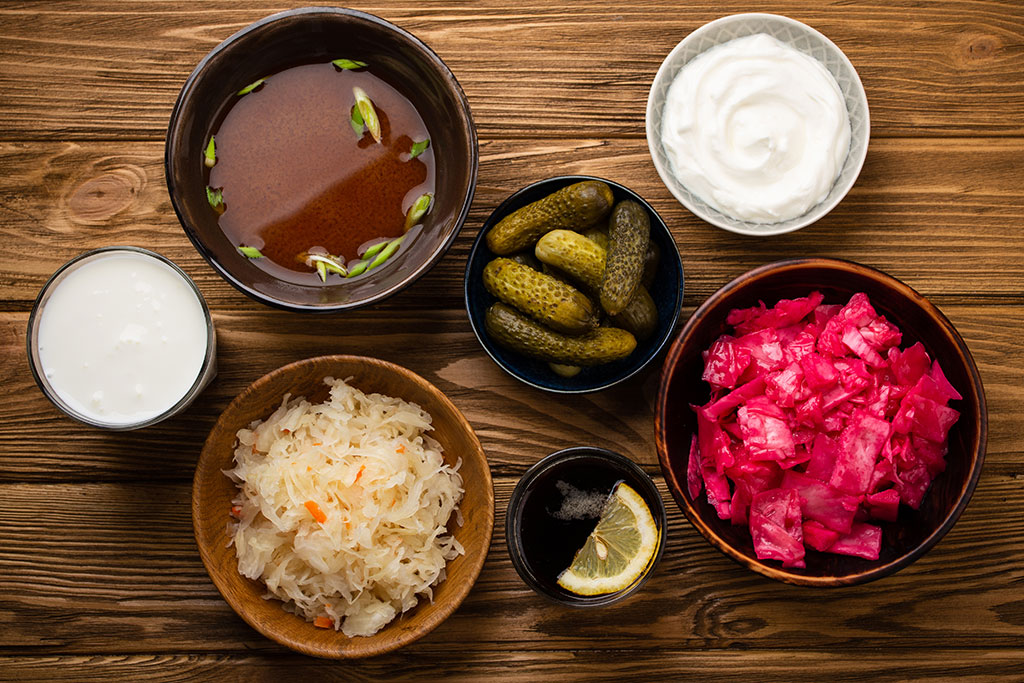Array
(
[0] => Array
(
[item_type] => phone
[content] => Array
(
[label] => Joan
[number] => 8008520609
[extension] =>
)
)
[1] => Array
(
[item_type] => phone
[content] => Array
(
[label] => Karen
[number] => 8008363055
[extension] =>
)
)
[2] => Array
(
[item_type] => email
[content] => Array
(
[label] => Joan
[email_address] => ripeberry01@aol.com
)
)
[3] => Array
(
[item_type] => email
[content] => Array
(
[label] => Karen
[email_address] => pascalkaren13@gmail.com
)
)
[4] => Array
(
[item_type] => social_media
[content] => Array
(
[label] =>
[value] => https://www.youtube.com/@soullightandbody
)
)
[5] => Array
(
[item_type] => social_media
[content] => Array
(
[label] =>
[value] => https://www.facebook.com/livingtheholisticlifestylebodymindandsoul
)
)
[6] => Array
(
[item_type] => website
[content] => Array
(
[label] =>
[value] => https://www.linkedin.com/in/joan-williams-living-the-holistic-lifestyle-body-mind-and-soul-182769bb/
)
)
[7] => Array
(
[item_type] => website
[content] => Array
(
[label] =>
[value] => https://www.linkedin.com/in/karen-pascal-ceo-founder-of-mind-and-body-the-holistic-way-llc-73a901185/
)
)
[8] => Array
(
[item_type] => address
[content] => Array
(
[label] =>
[addressee] => Living The Holistic Lifestyle: Body, Mind, and Soul LLC
[address1] =>
[address2] =>
[city] =>
[state] =>
[zip] =>
)
)
)
?>
As the cold grip of winter melts away and nature starts to come alive, many of us develop an undeniable urge to refresh our living areas. Apart from being a timely custom, spring-cleaning presents a chance to make your house a spotless haven just before the busy warmer seasons fully arrive. But while you’re at it, why not go one step further with environmentally friendly practices? Discover just a few ways that you can make your home spick-and-span while helping to protect the planet.
Be wise with your cleaners
Many traditional cleaning agents are loaded with strong chemicals like ammonia, bleach, and phthalates that can be harmful to the earth. For one, many such substances often wind up being flushed down the drain, polluting and causing damage to aquatic life. Some can also add a substantial amount of volatile organic compounds (VOCs), or gas emitted from certain solids and liquids, contributing to air pollution. And that’s not to mention the impact all these chemicals can have on our health as well, including respiratory problems, skin aggravation, and possibly even cancer.
One solution is to search for eco-friendly products made with clean ingredients, such as those from Blueland. Or you can opt for homemade concoctions, which can be as effective at cleaning as they are easy to make. First up is an all-purpose cleaner created from a few basic ingredients: water and vinegar, a natural deodorizer and disinfectant. In a spray bottle, mix one cup of distilled white vinegar with one cup of water, then put the mixture to work on just about any surface, including bathroom sinks and kitchen counters. Always make sure to test cleaners on a small area first.
For tougher jobs like hard-water stains and soap scum, a paste created from baking soda and water can serve you well. Baking soda both absorbs smells and acts as a mild abrasive that is not likely to scratch your surfaces. Simply stir two parts baking soda with one part warm water into a thick cream, treat the affected area, let it sit for fifteen to twenty minutes, and use a sponge to scrub the stain away.
Further, essential oils can be quite remarkable additions for whatever cleaning you’re making. A few drops of tea tree oil in your vinegar solution, for example, can give it antifungal and antibacterial qualities. And, as a bonus, whatever one you pick will leave your house smelling fresh and inviting.
These are just a few examples of the many eco-friendly DIY cleaning solutions available. For more ideas and tips, be sure to check out the downloadable resource at the end of the article.
Reduce, reuse, and recycle
Besides swapping out your more harmful chemicals, an easy way to make your spring-cleaning more environmentally friendly is to engage with the classic three Rs: reduce, reuse, and recycle. For the first, begin by organizing your surroundings, which will not only make your rooms neater but also time on unnecessary tasks. After all, there’s no need to clean a lamp if you were planning to dispose of it anyway. As you sift through your stuff, sort it into groups, such as clothing, electronics, and household goods, and ask yourself questions like: When was the last time I used this? Does it still serve a purpose? Is it in good condition? This will help you decide what you ultimately want to do with it next.
Some of these belongings, of course, may hold sentimental value, making it hard to part with them entirely. In that case, consider repurposing them for another use. For instance, you can transform an old T-shirt into a reusable shopping bag or turn a worn-out piece of furniture into a unique garden planter. Such a project can be a fun activity that reduces waste while giving your home more of a personal touch.
As for anything you definitely want to get rid of, focus on finding ways to keep it out of landfills. You could donate items that are still in good shape to benefit those less fortunate or turn to the third R, recycling, to help conserve the planet. Just be mindful of your municipality’s regulations since it may not accept certain materials. You may also need to find specific programs for electronics and other specialized objects.
Adopt sustainable practices
Lastly, now is a good time to add some fresh habits to your routine to your cleaning efforts stay environmentally friendly year-round. An effective approach is to design a schedule allowing for regular cleaning rather than a big annual one. Sprucing up a little at a time will help keep grime and other messes from accumulating, minimizing the need for more aggressive cleaning agents. In addition, commit to selecting products with minimal packaging or made of recyclable materials when buying new cleaning supplies (or anything else, for that matter). Many companies today provide bulk choices or refills, which can help to greatly cut waste.
Spring-cleaning doesn’t have to compromise the environment—little mindful actions will add up quickly as you embark on your eco-focused journey, allowing you to care for both your home and the planet.
Download the DIY Spring-Cleaning Supply Guide
A Taste of Ukrainian Classics














